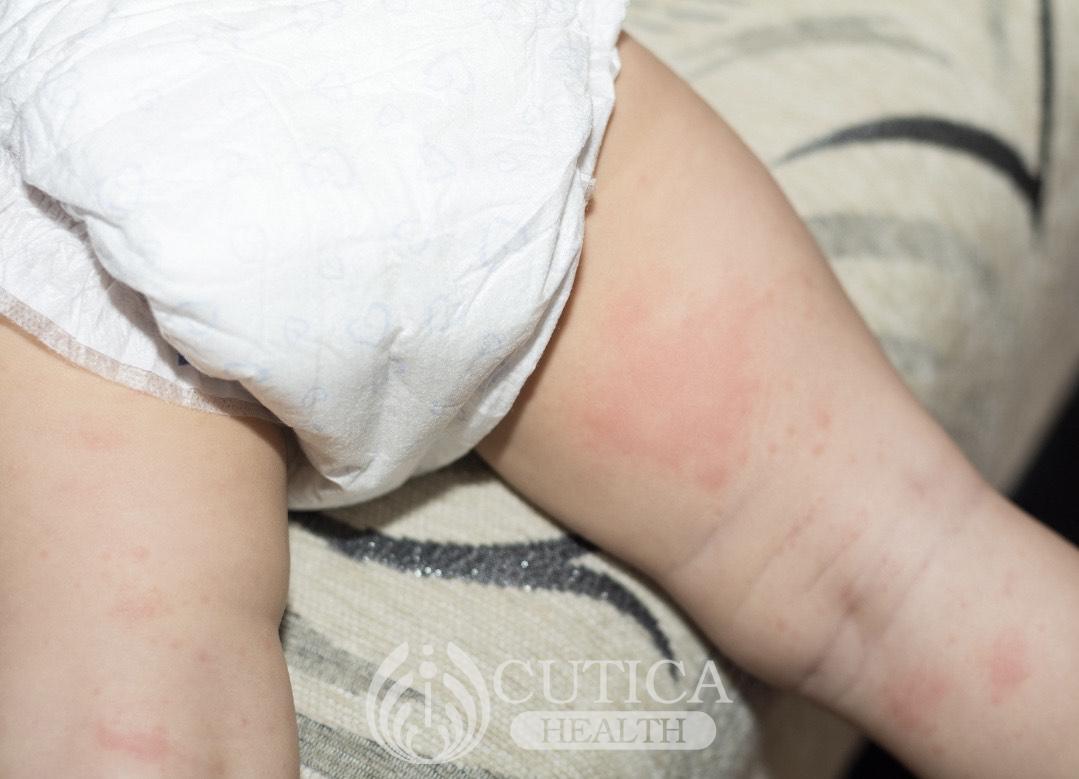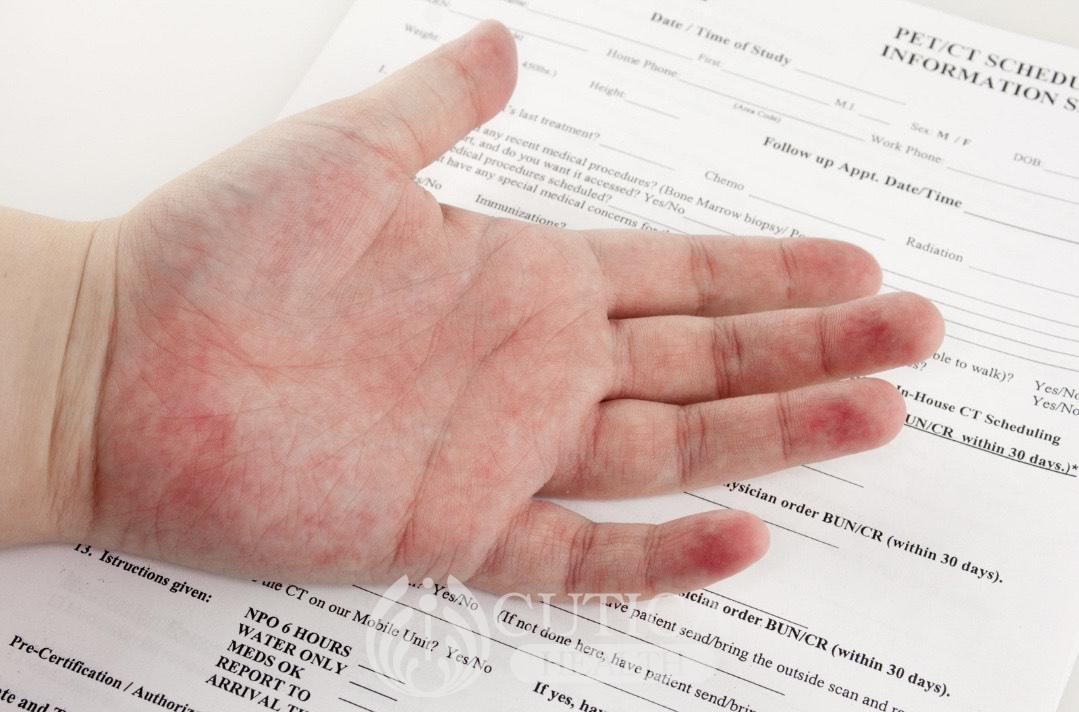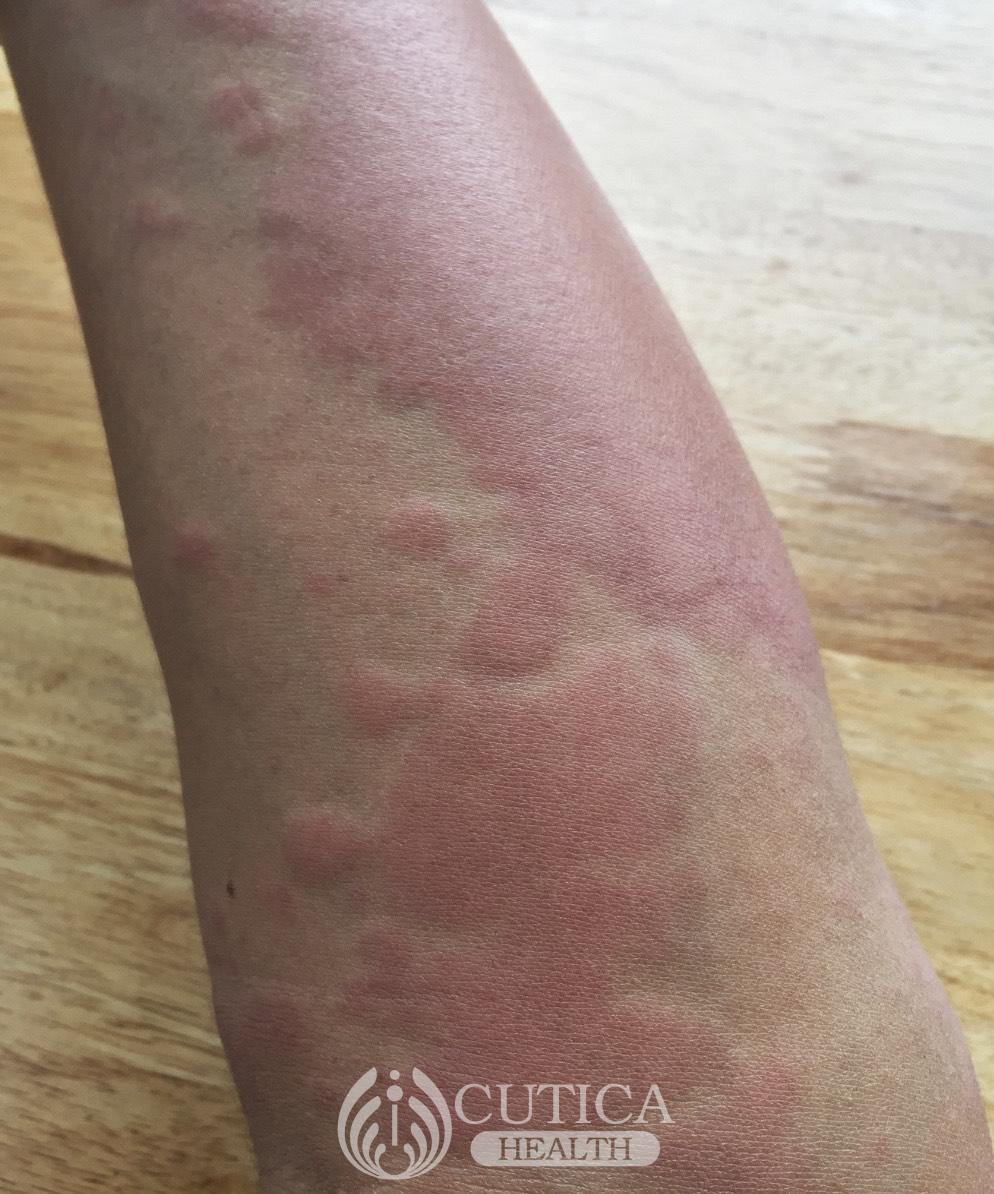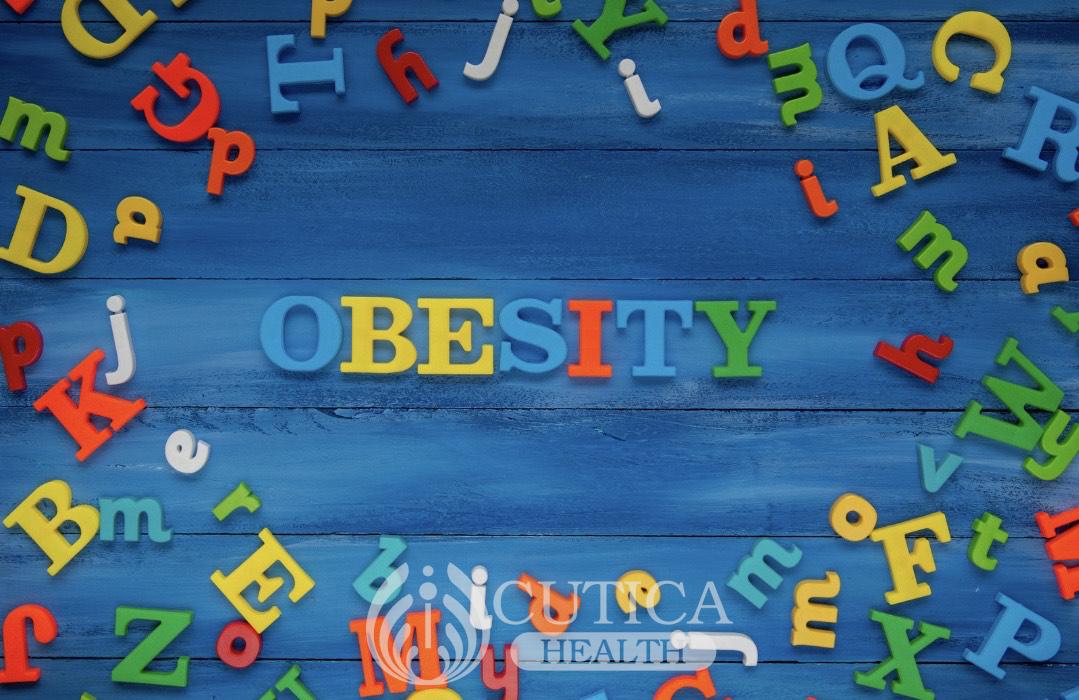
"Mrs. Joseph, what are these on your baby's face and bum, have you sought medical attention at all?" "Not at all Mrs. Johnson, those rashes cropped when I gave him a medication prescribed at the health center, he also has a little fever with it. I am not bothered; it's just a normal baby rash."
It's true that many baby rashes are normal, but it's prudent to check up when in doubt. Doesn't an adage state that it's better to err on the side of caution? To be honest, there's nothing like a "normal baby rash," mothers have learned to call these rashes "normal" because they often clear up without treatment.

Common baby rashes: Yes, common but not normal. Babies experience many common rashes, many of which clear off on their own without recourse to treatment. They include:
Dry and peeling skin: Dry and peeling skin is often described as "normal rash," because nearly all babies have this, but it isn't—no rash is normal!. Moisturizers will keep baby's skin moist and prevent peeling.
Nappy rash: Nappy rash is very common. It appears as sore and red depending on baby's complexion. Poo and urine-induced skin inflammation are to blame for nappy rash. It is common, annoying but preventable through frequent nappy changes to keep baby's nappy area clean and dry. A barrier cream, such as petroleum jelly, could also come in handy.
Baby pimples (neonatal acne): Baby pimples are harmless. They often show up anywhere around the baby's nose and face. Why do babies develop pimples? Well, some experts believe that mummy's hormones are to blame—affecting baby's face before they are born. The good part is that baby pimples disappear without treatment. You may have heard about "pink pimples," but these pimples will be anything but pink on the face of an African baby!
Mongolian spots/slate gray nevus: These spots come from the black/brown skin pigment we call melanin. Mongolian spots are rich in the melanin pigment seen in the skin of Africans. It's no surprise Mongolian spots are commoner among African babies. Once they don't change in size, Mongolian spots need no treatment.
Seborrhea: Do you remember sebaceous glands—yes, the fat glands. Seborrhea or cradle cap appears as yellowish and greasy crusts on baby's young scalp. It may also show up in the armpits, neck and ears as a red irritating rash. A related condition often seen as little white bumps called milia affect the baby's face and nose and blocked oil glands being blamed for this. A clean skin will help prevent this.
Eczema: Eczema often appears in the very young within the first few months of life. It's difficult to trace the cause of eczema, but dryness, skin sensitivity and sometimes skin allergy are to blame. They are quite common though, affecting baby's face, chest, elbows, arms, legs, and sometimes behind the knees. Use moisturizers to prevent eczema.

Some serious rashes: Yes, many rashes are common, but look out for these rashes:
Any rash with a fever—this shows infection or some other serious medical problems—see your doctor. These include roseola infantum—a contagious viral infection and erythema multiforme—could be a life-threatening reaction to medications.
Any red or purplish rash with a fever or blister—may be a sign of serious infections—see your doctor
Any rash that doesn't go away—seek help, even when there is no fever, a persisting rash is worth a hospital—at least to be sure it isn't anything serious.

Take-home: baby rash is common but not normal and many common baby rashes disappear without treatment. However; fever, blister, redness or refusal to go away warrant a doctor's attention. Seek it immediately.












